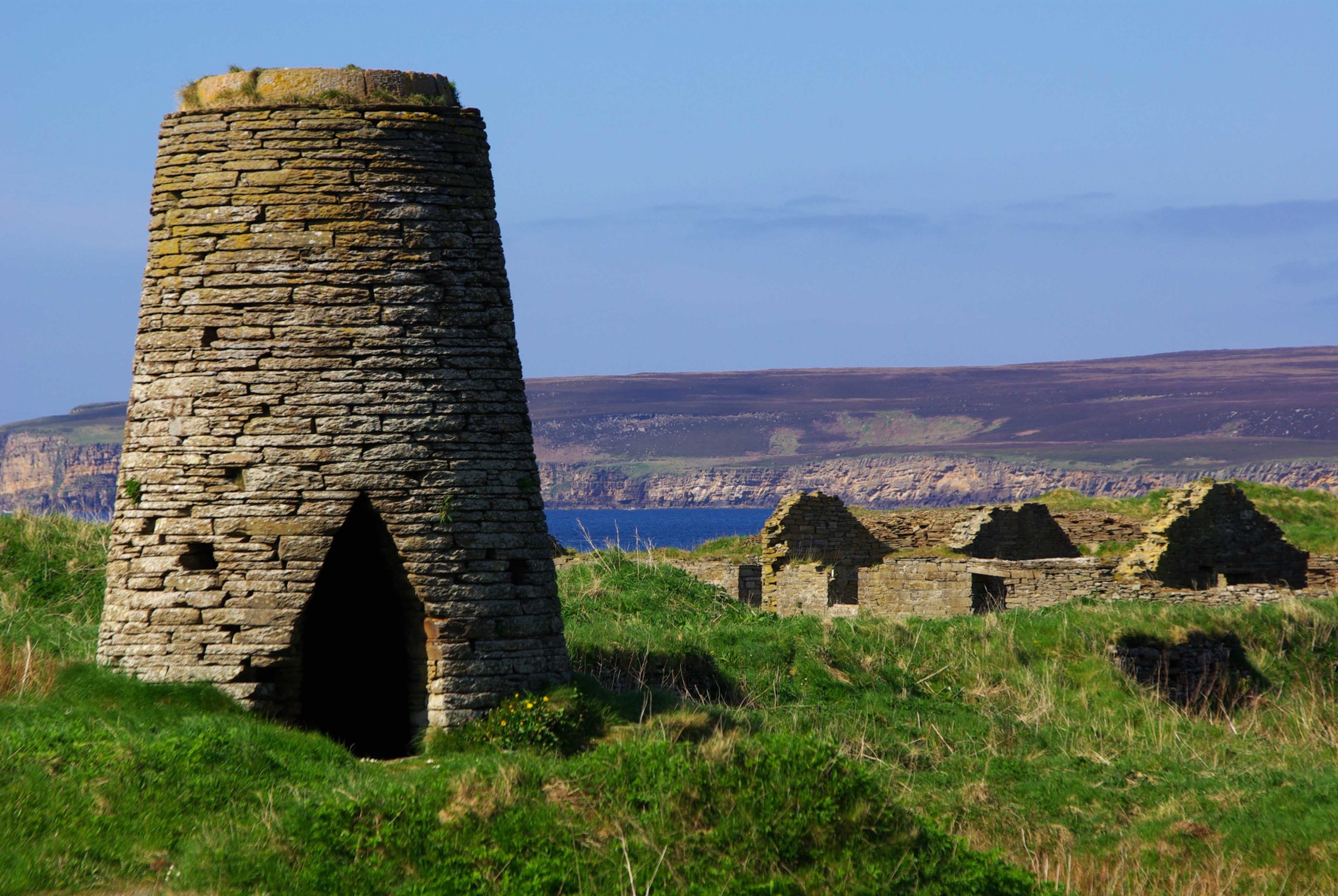
5 Great Historic Sites for History Buffs in the North Highlands
The North Highlands has been occupied since the earliest periods of human history, with artefacts dating back to as early as the Mesolithic to be found in Caithness. Living and working in the region offers history buffs an incredible range of sites to visit, right on your front doorstep!
We’ve picked out just five of the sites to be found around the region, from oldest to newest, to give you a taste of what awaits in the historic North Highlands.
#1 The Grey Cairns of Camster (Neolithic)
Among the oldest stone monuments in Scotland, this monument consisting of a long cairn and a round cairn gives a fascinating insight into Neolithic burial practices and demonstrates the complexity of Neolithic architecture.
The exact age of the cairns is unknown, but they are thought to be dated to about 5,000 years ago. Excavated and restored by Historic Scotland in the late 20th Century, the cairns are open to the public.
#2 Dun Beath Broch (Iron Age)
Caithness is home to more Broch sites than anywhere else in Scotland, and this particular Broch – easily accessible a short walk up the Dunbeath Strath – is a rarely well-preserved example of this classic Iron Age structure.
Having explored the Broch, make sure to continue along the rest of this beautiful walk to “Prisoner’s Leap”, after a traditional tale in which one Ian McMormack Gunn was said to have escaped from imprisonment by his enemies, the Keiths, by jumping across the gorge (judge for yourself the likelihood of this being true!)
#3 Castle Sinclair Girnigoe (late 1300s to 1680)
While the exact history of the castle remains unclear, it is thought that a large part of the castle as it stands today was built by the Second Earl of Caithness sometime between 1476 and 1496, building on an existing structure from the late 1300s.
Moving from a purely defensive structure as social attitudes changed, by the early 1600s the castle incorporated a tower house, chapel, banqueting chamber and larger windows with leaded lights.
In the 1650s, the Castle was occupied and damaged by Cromwell’s troops, and in 1680 much of the interior of the castle was removed or destroyed following a dispute over the rightful ownership of the title of Earl of Caithness, and the castle has remained unoccupied ever since.
The Clan Sinclair Trust is carrying out ongoing preservation and restoration works, and parts of the castle remain open to the public.
Find out more about the history of Castle Sinclair Girnigoe and the work of the Clan Sinclair Trust.
#4 Badbea Clearance Village (1792-1911)
Following the infamous Highland Clearances, a number of local tenant farmers displaced by local landowner Sir John Sinclair of Ulbster began to settle in Badbea, an area of rough, steeply sloping land near the cliffs of Berriedale. Life in Badbea was hard, with residents having to hack out plots to farm from the hard, steep ground and build their own houses from the stones they found.
The men of the village mainly worked as herring fishermen, with the women gutting the fish that was caught. While the women worked, their livestock and even their children were tethered to posts and rocks to prevent them being blown over the cliffs by the fierce winds!
With the death of the herring fishing industry, the population of the village declined as families emigrated in search of better lives, and the last inhabitant left the village in 1911.
The ruins of the village are today preserved as a tourist site and memorial of the Highland Clearances, and show a vivid picture of life in the North Highlands during this time.
Rest assured that much has improved, and we hardly ever have to tether our children to rocks these days to prevent them blowing away!
#5 Noss Head Lighthouse (1849)
While visiting Castle Sinclair Girnigoe, make sure to also stop by nearby Noss Head Lighthouse. Built in 1849, with construction overseen by the notable lighthouse engineer Alan Stevenson, Noss Head is notable as being the first to use diagonal glass panes and framing for the exterior lantern – later adopted as the standard for all future lighthouses built by the Northern Lighthouse Board.
The light was converted to automatic operation in 1987, but the original Fresnel lens and drive train are now exhibited on two floors of Wick Heritage Centre.








